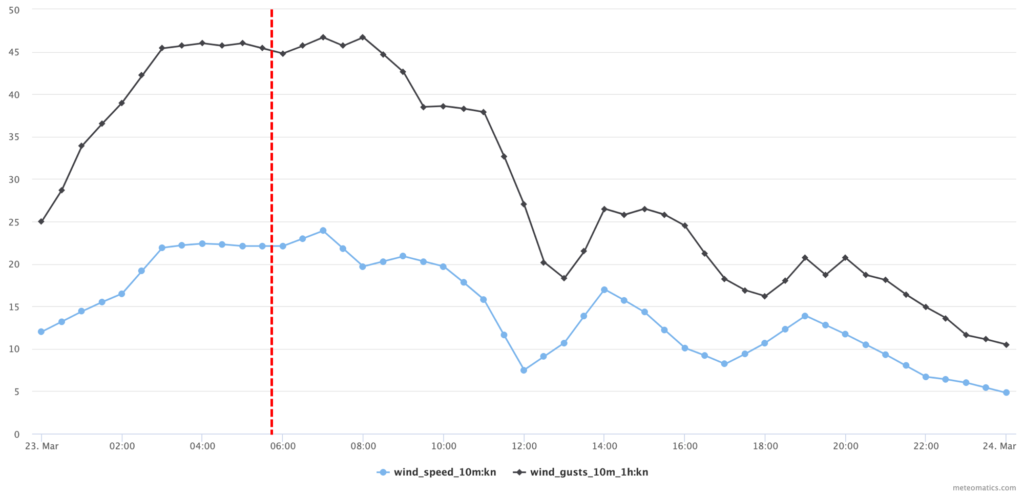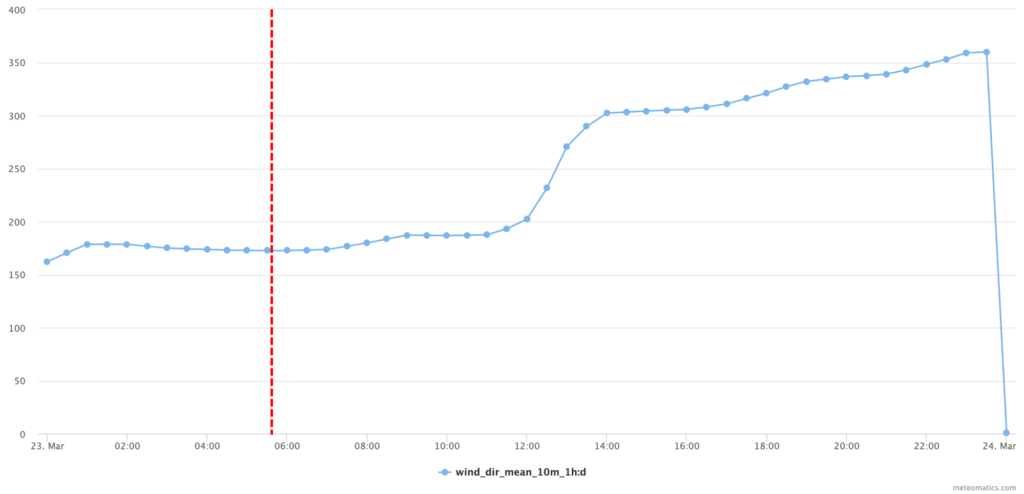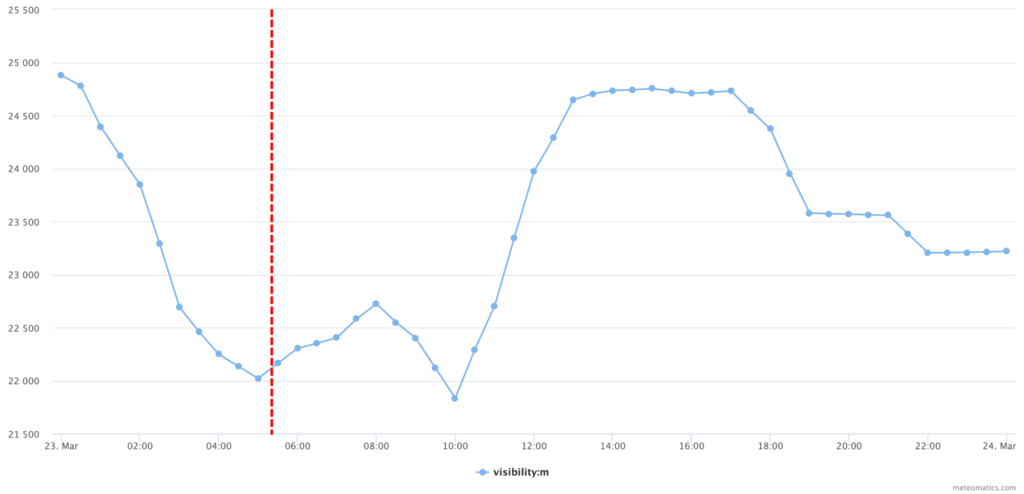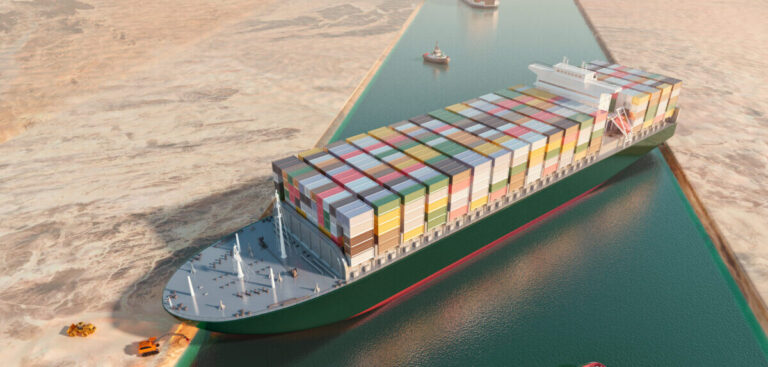On March 23 at around 05:40 UTC, one of the world’s largest container ships ran aground and blocked the Suez Canal for six days, significantly affecting global trade and making headlines around the world.
There have been many rumors and conflicting messages surrounding the cause of the accident. However, no conclusions about the grounding of the Ever Given should be made before the International Maritime Organization and the Suez Canal Authority (SCA) have completed their official investigations.
At first, a power cut was blamed. The shipping agent GAC Egypt published a post on March 23 – and deleted it the same day – saying ‘The vessel suffered a blackout while transiting in a northerly direction’.
In a statement reported by Business Insider, the ship’s technical manager, Bernhard Schulte, said that “initial investigations rule out any mechanical or engine failure as a cause of the grounding.”
Later the same day, the Suez Canal Authority (SCA) announced that the ship had lost the ability to steer amid high winds and a dust storm; it did not mention a power failure.
Meanwhile, Ever Given’s leasing company, Evergreen Marine Corp, said on the same day that the ship ‘was suspected of being hit by a sudden strong wind, causing the hull to deviate from the waterway and accidentally hit the bottom’, as reported by Reuters.
A closer look at the wind conditions shows that the giant container ship, which measures 59m wide and 16m deep below the waterline, sailed through the Suez Canal at a time when the canal was experiencing strong wind gusts. The chart below, created by Meteomatics API, shows that wind gusts peaked at the time Ever Given sailed (March 23, 05:40 UTC) at 23.3m/s/44.7kts (7 on the Beaufort scale – high winds, near gale force).


Chart 3: Visualization of geopotential, wind speed and wind barbs @ 850hPa. Illustrating the low-pressure system that caused the high wind speeds around the time of the accident 05:00 UTC 03/23)
The theory that Ever Given had difficulty with the strong winds is supported by information that the ship’s last known speed before the grounding was 13.5kts, which is greater than the canal’s speed limit of around 7.6kts. According to experienced captains, high speeds can be used to mitigate the effects of high wind speeds on the vessel, as reported by Bloomberg.
To make matters worse, Egypt was at the beginning of Khamsin, a 50-day period in which sporadic dust storms blow in from the Sahara, which has also been mentioned as a contributory factor due to reduced visibility. The chart below shows that the visibility was impaired, supporting the theory that a sand storm event was taking place and could have had some impact, although not a significant one.

Investigators have still not concluded their work and determined the exact cause. The adverse weather conditions (as highlighted by Meteomatics API) could have made navigating the Suez Canal more challenging; human error has also been mentioned as a possible factor.
However, this incident does beg the question: why did such a large ship choose to enter a narrow and vital waterway at a time when challenging conditions were expected? Perhaps the grounding of the Ever Given will lead to an appreciation of the benefits of real-time weather data feeds from organizations like Meteomatics AG, which can provide weather forecasts along a route, in high resolution (at 90m horizontal and five-minute timesteps).
The grounding of the Ever Given may lead organizations involved in the shipping and maritime industry to acquire the latest weather information to directly inform operational decision making, improve safety at sea and reduce the risk of incurring significant costs and compensation claims associated with maritime incidents of this scale.



